Hunger Games Trailer Released
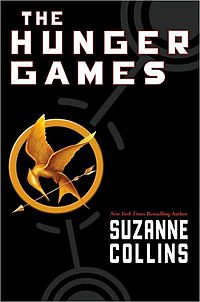 Young adult fiction has a lot going for it in recent years. In the wake of the Harry Potter craze, there’s an entire generation of young people who have grown up with the understanding that reading is a cool way to spend your time and entertain yourself.
Young adult fiction has a lot going for it in recent years. In the wake of the Harry Potter craze, there’s an entire generation of young people who have grown up with the understanding that reading is a cool way to spend your time and entertain yourself.
Certainly, there has been some fall out from this positive trend. Personally, I can’t stand the Twilight films (although, in fairness, my wife assures me that the novels are much better), which have definitely inherited the youth mania mantle from young Mr. Potter. Vampires and zombies are all the rage, often because it’s what this “Harry Potter generation” seems to be choosing to read.
While the fantasy and young adult horror genres have had commercial success, there’s also been a growth among young adult science fiction. Specifically, dystopian science fiction set in an indistinct future era, focusing mostly on social issues. This sort of “soft science fiction” has long been part of the genre, but it’s really coming into its own withsome of the recent series. Among them was Scott Westerfeld’s fantastic Uglies trilogy (Amazon, B&N), now being made into a film, and Ally Condie’s Matched (Amazon, B&N) and Crossed (Amazon, B&N). These books speak to young people, in part because it resonates with the ever-present sense among the young that the world isn’t fair and that the people with power to make things better don’t care or, even worse, are actively out to get them. In these books, that is often quite literally the case.
 Writing about Romanticism has gotten me started thinking about forms, and conventions, and how we read a story. To some extent I’ve come to feel that contemporary ways of reacting to narrative are more classical than romantic; they’re more to do with structure and form than with trusting the individual genius. It seems to me that many readers, and critics, have become used to looking for certain things in a story, and have come to think of stories that function in a different manner as necessarily defective rather than distinct. And I feel this is a pity, since if we can’t accept the strange works of genius that succeed in defiance of everything we think we know about storytelling, then our experience of story becomes diminished.
Writing about Romanticism has gotten me started thinking about forms, and conventions, and how we read a story. To some extent I’ve come to feel that contemporary ways of reacting to narrative are more classical than romantic; they’re more to do with structure and form than with trusting the individual genius. It seems to me that many readers, and critics, have become used to looking for certain things in a story, and have come to think of stories that function in a different manner as necessarily defective rather than distinct. And I feel this is a pity, since if we can’t accept the strange works of genius that succeed in defiance of everything we think we know about storytelling, then our experience of story becomes diminished. 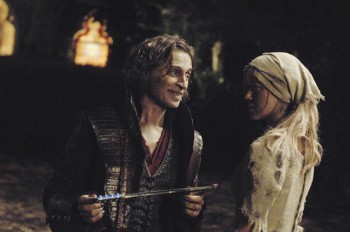

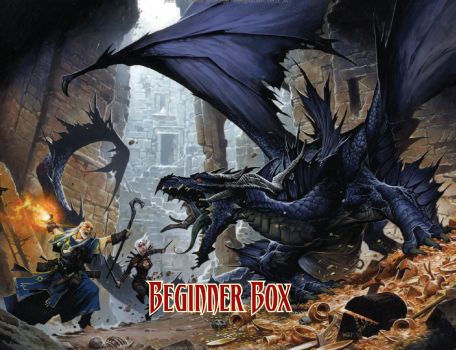
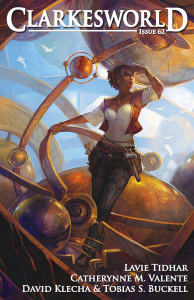 The November issue of Clarkesworld is currently
The November issue of Clarkesworld is currently 

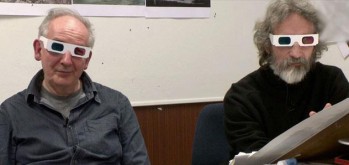 I still haven’t quite come to grips with The Hobbit in 3D. I’ve got a few 3D films under my belt—Avatar, Captain America, Green Lantern, and Jaws 3—and to be honest, the added dimension hasn’t done much for me. Avatar made the most of it with its rich images of Pandora; the other films felt like they were trying to capitalize on a fad (hey, look, there’s a shield coming at me!) in order to take in a few extra bucks at the gate.
I still haven’t quite come to grips with The Hobbit in 3D. I’ve got a few 3D films under my belt—Avatar, Captain America, Green Lantern, and Jaws 3—and to be honest, the added dimension hasn’t done much for me. Avatar made the most of it with its rich images of Pandora; the other films felt like they were trying to capitalize on a fad (hey, look, there’s a shield coming at me!) in order to take in a few extra bucks at the gate.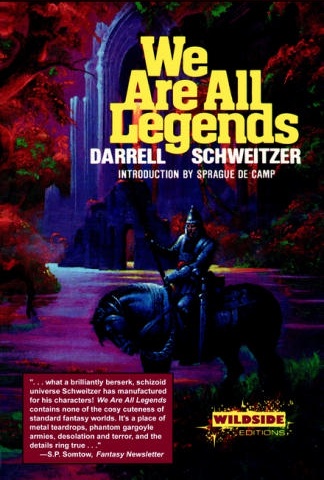 Swords Against Darkness.
Swords Against Darkness.